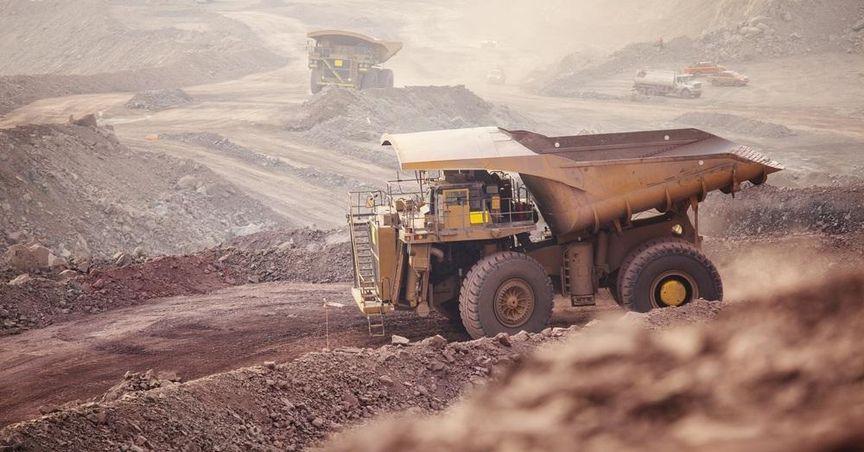Highlights
- BHP announces its lowest interim dividend in eight years, dropping to US50 cents per share.
- Underlying profit falls 23% to USD5.1 billion, driven by weak demand for steel-making materials.
- BHP remains optimistic about recovery from developed nations, with strategic focus on growth and resilience.
BHP Group (ASX:BHP) has revealed its lowest interim dividend in eight years after posting a 23% drop in underlying profit for the six months ended December 31, 2024. The global mining giant announced it would pay shareholders an interim dividend of US50 cents per share (AUD0.78), down from US72 cents per share (AUD1.13) in the previous year. This reduction in dividend reflects the impact of weaker commodity prices, particularly for iron ore and coking coal, both key ingredients in steel production.
For the period, BHP’s underlying profit fell to USD5.1 billion, compared to USD6.6 billion a year ago. This decline was primarily driven by an 8% drop in revenue to USD25.2 billion, which was attributed to lower iron ore and coking coal prices. While copper prices rose during the same period, they could not fully offset the drop in other key commodities. Iron ore and coking coal, essential for steel production, saw a slowdown in demand due to weaker industrial activity, particularly from China, the world's largest consumer of raw materials.
BHP highlighted that, despite global economic growth of 3.2% in 2024, industrial activity, including demand for commodities, lagged behind the performance of the services sector. This shift in the global economic landscape contributed to the subdued demand for steel and raw materials. However, BHP remains optimistic about a recovery, citing the potential benefits of ongoing rate cuts by central banks and the expectation of improved demand for steel and copper from developed countries.
Mike Henry, BHP’s CEO, expressed cautious optimism, noting that the long-term outlook for commodities remains strong. “The trajectory of the world population growing from eight billion today to 10 billion in 2050, with more people living in cities, together with the energy transition and the growth of data centres and AI, will compound the need for more metals and minerals,” Henry said, adding that the company is well-positioned for future growth.
Despite the drop in profit, BHP's strategic focus on low-cost production and its ambitious plans to ramp up iron ore production to 330 million tonnes per annum were seen as positive indicators. Saxo Asia Pacific senior sales trader Junvum Kim commented that BHP’s low-cost production advantage and plans for future expansion could help the company weather the current commodity price challenges. However, Kim also pointed out that BHP’s heavy reliance on Chinese demand exposes the company to significant risks, especially if global trade tensions continue to evolve.
BHP also paid USD4.8 billion in taxes and royalties during the half-year period, with an effective global adjusted tax rate of 36.4%. When including revenue and production-based royalties, the tax rate rises to 44.2%, showcasing the significant contributions the company makes to global economies through its operations.
In early trading on Tuesday, BHP’s share price dipped 0.7%, settling at AUD40.50. While the weaker dividend and profit decline reflect short-term challenges, BHP's strong production profile and long-term outlook suggest the company remains focused on resilience and growth, positioning itself for recovery and future opportunities in a changing global economy.




